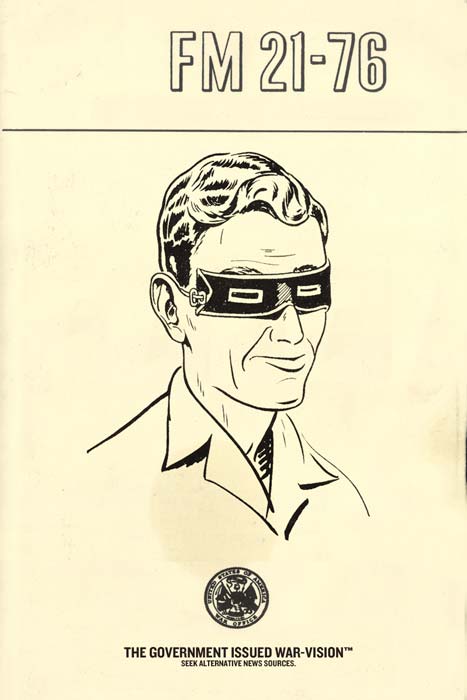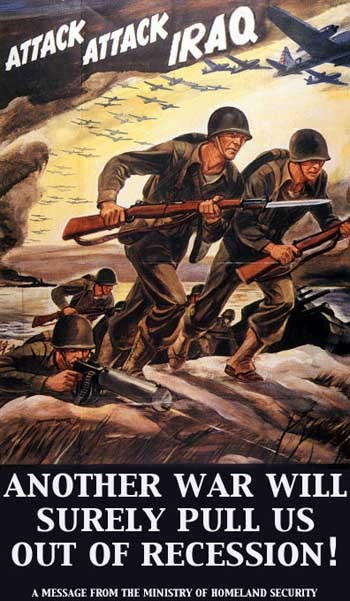
INQUIRER: Under siege for customer-service woes detailed on Comcastmustdie.com and other blogs, the Philadelphia cable giant has gone on the offensive, trawling the Internet for Comcast chatter. Eliason’s assignment is very specific: If someone has a Comcast problem and is talking about it online, he contacts that person and offers help.
If Eliason thinks it’s an emergency that could spiral into unpleasantness, like an expletive-loaded blog
bomb, he gets on the phone and cuts through the corporate red tape. Eliason’s blog spotting is part public relations and part acknowledgment that the Internet is playing a broader role in defining company brands. Technology companies woke up to this fact after “Dell Hell” postings by blogger Jeff Jarvis in 2005.
Comcast executives say the company’s customer-service problems deepened as it expanded through acquisitions and added millions of high-speed Internet and phone customers. The company, with $31 billion in annual revenue, has leaned too heavily on outsourcers for phone help and repairs, they say.”Customer expectation in today’s world is much higher than it was five years ago. People want what they want, and they want it now,” said Rick Germano, Comcast‘s senior vice president for national customer operations. “Dead accurate” was what Germano said of national consumer studies that place Comcast near the bottom of lists for customer satisfaction. MORE
 RELATED: The front-page David Barstow epic in today’s New York Times on how the Pentagon, starting in 2002, assembled a crew of retired military officers to disseminate propaganda via all-too-willing network and cable news outlets is drawing wide attention (see other story). Barstow aptly refers to this as “a kind of media trojan horse.” Even if it confirms what many have already sensed the details are truly damning and shocking — more Orwell than oh, well. And it continues up to the present day, with the revelation that Gen. Petraeus met with members of this propaganda group just two weeks ago (he had met with them previously, as well). “Anything we can do help,” one analyst described this most recent meeting. The Pentagon referred to the analysts as “message-force multipliers.”
RELATED: The front-page David Barstow epic in today’s New York Times on how the Pentagon, starting in 2002, assembled a crew of retired military officers to disseminate propaganda via all-too-willing network and cable news outlets is drawing wide attention (see other story). Barstow aptly refers to this as “a kind of media trojan horse.” Even if it confirms what many have already sensed the details are truly damning and shocking — more Orwell than oh, well. And it continues up to the present day, with the revelation that Gen. Petraeus met with members of this propaganda group just two weeks ago (he had met with them previously, as well). “Anything we can do help,” one analyst described this most recent meeting. The Pentagon referred to the analysts as “message-force multipliers.”
The entire lengthy article, and special interactive and original source features, are posted at www.nytimes.com. But a few angles:
— The article has at least three tracks: One, the Pentagon deploying the analysts (some 75 in number) and the TV outlets happy to run with them; two, the analysts’ further conflict-of-interest in being tied to defense contractors with billions of dollars invested in the war effort; three, the complete lack of interest by the TV outlets in either of the first two connections, or ignoring what they did know. In fact, the networks raised no objections to the Pentagon paying for trips by the analysts.
— The effort began in “selling the war” — going where even Judy Miller feared to tread — and there are some startling admissions by some team members that they knew they were being sold a fairy tale on WMD, but went along with it anyway.
anyway.
— One analyst who did dare to criticize the Pentagon in one TV appearance was summarily kicked off the propaganda bus. In fact, the others followed the Pentagon talking points to the letter — almost to the word. Some analysts doubted what they were told, or knew certain facts were wrong, but never shared this with viewers. The Pentagon kept amazingly close tabs on everything the analysts said, from small radio outlets to Fox News, and let them know when they started to stray.
— The Pentagon helped two of them craft a Wall Street Journal piece. Barstow calls the overall program “a symbiotic relationship where the usual dividing lines between government and journalism have been obliterated.”
— Besides helping the companies they were tied to, some of the analysts also got $500 to $1000 per appearance on TV.
— While the focus of the article is very much on the TV propaganda (Fox News way in the lead) the New York Times admits that it published “at least” nine op-eds by the propagandists. And that paper, and all the other leading newspapers, quoted members of the group often. [via EDITOR & PUBLISHER]
